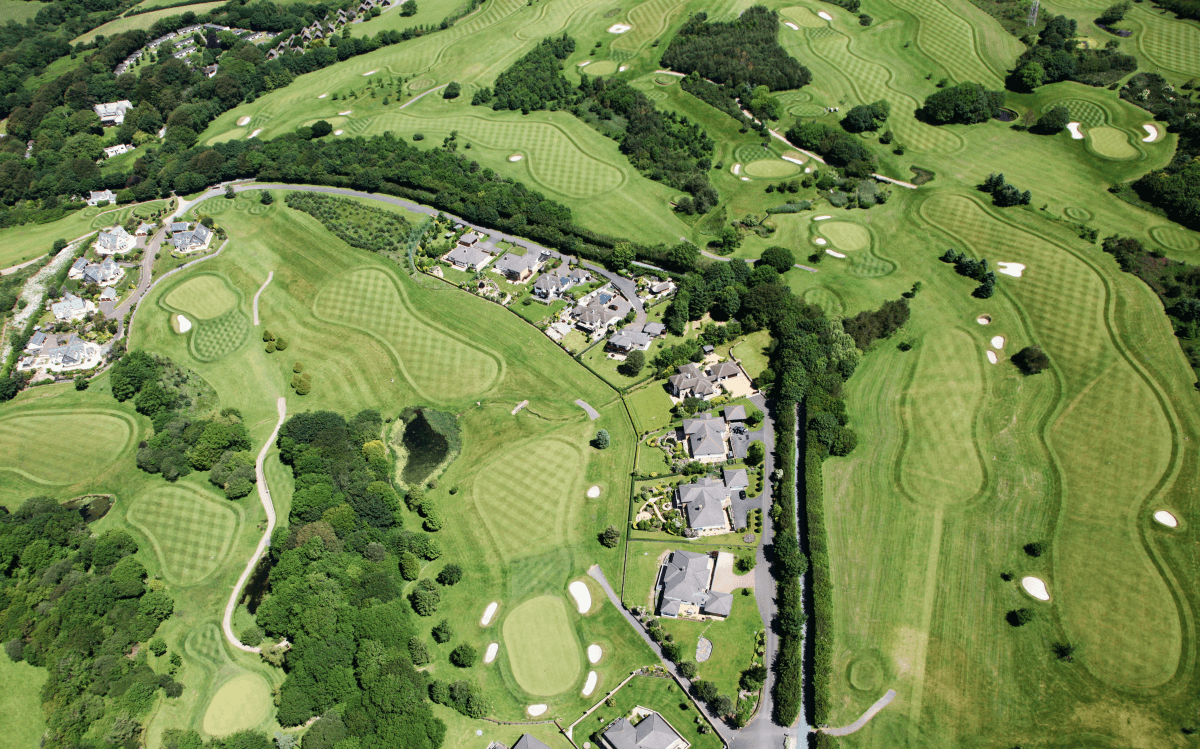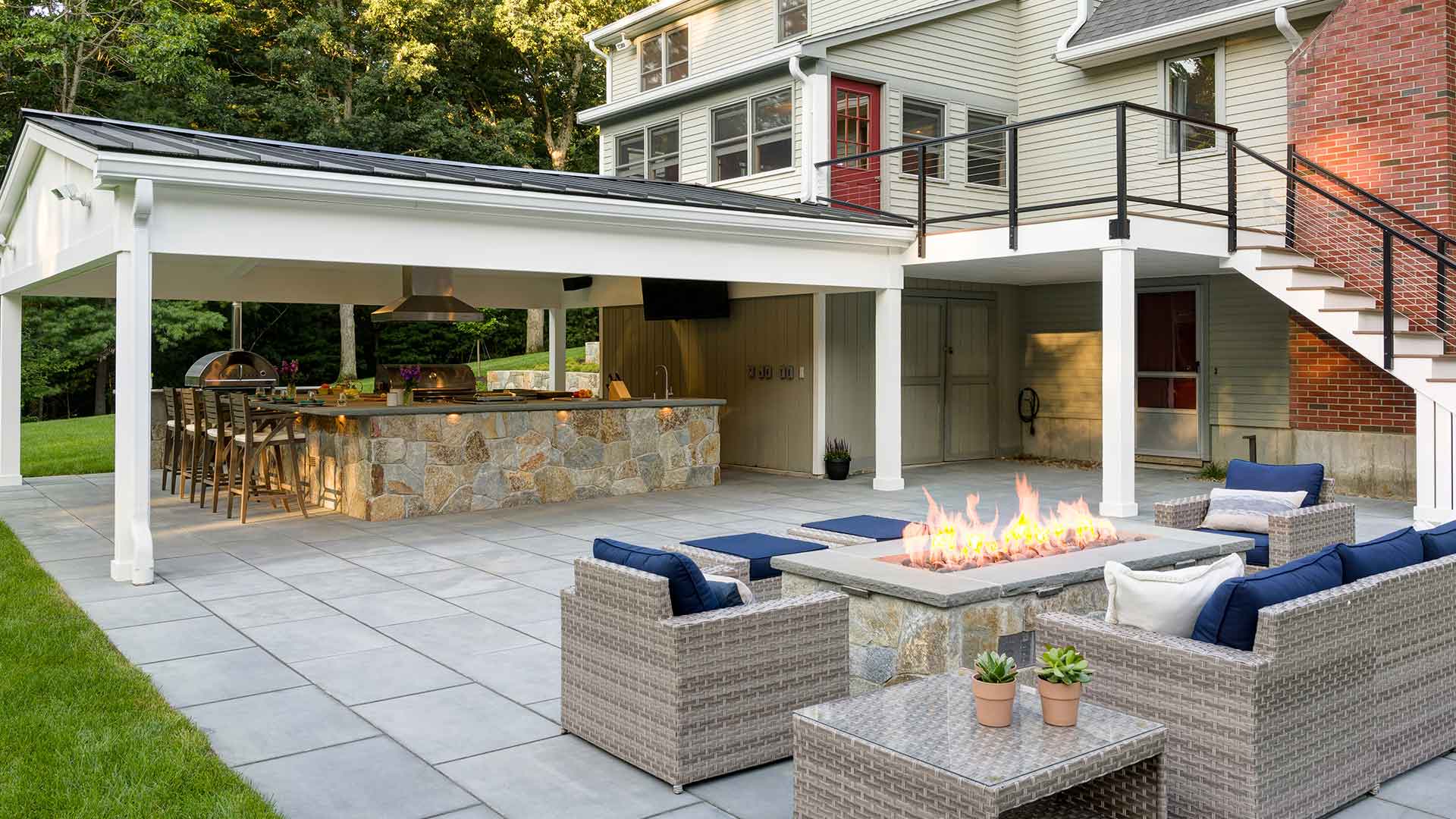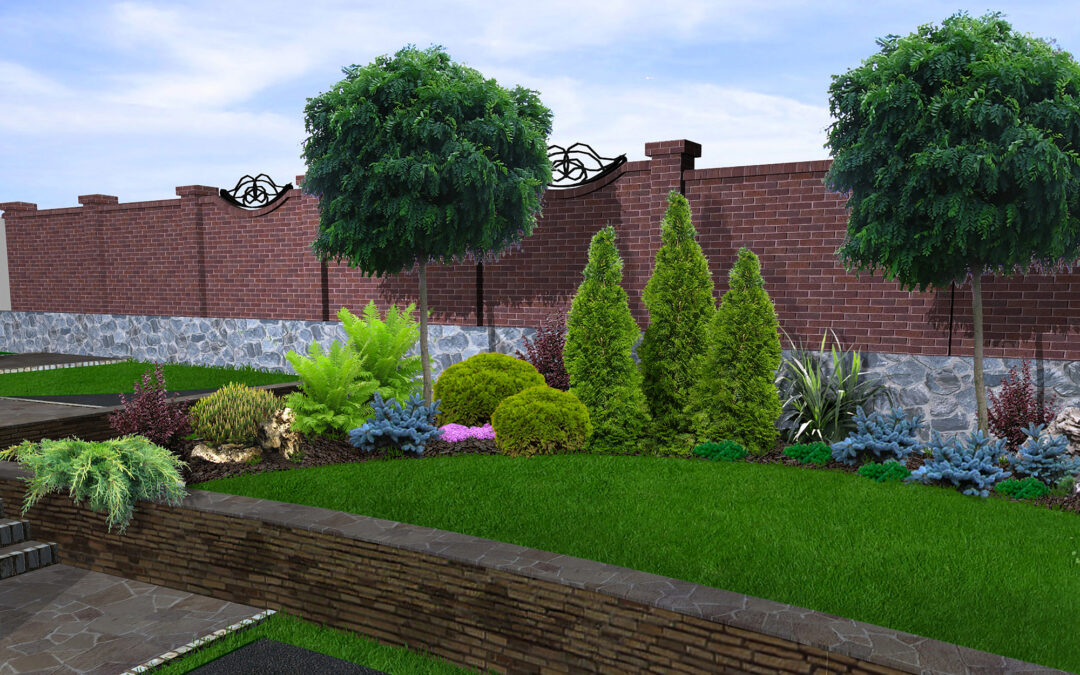10 Easy Facts About Landscapers Shown
10 Easy Facts About Landscapers Shown
Blog Article
The Ultimate Guide To Landscapers
Table of ContentsLandscapers for BeginnersOur Landscapers IdeasThe Buzz on LandscapersThe Basic Principles Of Landscapers Examine This Report about Landscapers
- A tree or bush (hedge) that loses its fallen leaves in wintertime. In the PNW there are semi-deciduous or semi-evergreen plants that may shed their leaves relying on just how cool the winter is. Abelia and some hebe are fine examples. Landscapers. - A flat celebration space, constructed from timber or composite material (made to look like timber), normally nearby or affixed to a structure.

This is an all-natural process, and the result can be made use of for paths and patio areas. - Trick landscape attributes being suggested in a landscape design strategy.
Landscapers Things To Know Before You Buy
These goals direct the layout procedure, not the designer's style or preferences. Typical layout purposes in Portland are low maintenance, drought forgiving, and pet pleasant.
However, in time this layer can obtain really thick and make it challenging for water, sunlight, and nutrients to reach portions of the grass.- The process of collecting and managing the flow of water on a residential property. This can be done with grading, French drains, dry wells, permeable surfaces, sump pump, rain yards, and more.
- A sluggish feeding irrigation system that uses flexible tubing and emitters to send an accurate amount of water to each plant. - The ability of a plant to endure without much summer season water.
- A yard function where water is represented by an accumulated rock product, usually a crushed rock or granite. These are most frequently discovered in modern and Japanese yard layout.- A stone or flagstone patio area, course, or pathway built without a concrete base. The base would certainly be compressed gravel and the joints would certainly be an accumulation or walkable ground cover.
What Does Landscapers Mean?
- A rock preserving or free standing wall built without the usage of mortar. - A below ground framework that accumulate water and permits it to reduce percolate right into the soil around it.
Landscape style that is suitable with a websites' atmosphere in both appearance and sustainability without negative effects to the environment. Bordering in the landscape is a line of separation that develops aesthetic passion in the yard by dividing one sector from one more section. This can be aesthetic or functional, maintaining one component (such as pea crushed rock) from getting mixed right into an additional (like bark dirt).
Areas can also have a feeling of "enclosure" given by trees, various other growings, fencings, or displays. The landscape near the access to a structure. A tree, bush or creeping plant, educated to grow on a wall or fencing right into a certain pattern. Particularly useful for fruit trees, making it very easy to gather the fruit and including mess.
A plant that is not indigenous to the location where it will be planted. Thicker bladed lawn grass that spread using rhizomes.: The level of soil on your residential or commercial property prior to bark dirt or compost is spread.
10 Simple Techniques For Landscapers

The function, factor, or activity that an area is be landscaped for. Stairways work, as review an example, to allow foot traffic up and down an incline. Room for expanding plants for checking out, eating, or physical activity. A roofed building made use of over an exterior celebration area. The sprouting of a seed, possibly referring to a yard that is being grown from seed.
Rock product, either rounded or fractured, that is fairly tiny- generally 1" or less. Low plants that are allowed or urged to spread over an area. Can describe any "tough" yard elements including statuary or boulders yet a lot of typically is used to describe paths, patio areas, and walls.: Elevation difference in between the level of water in a fish Full Report pond (or the level of the pump if it rests outside the fish pond) and the upper electrical outlet of water which influences efficiency of the water pump in gph (gallons per hour). Dense shrubs or trees that create a fencing, display, or boundary.

Landscapers Can Be Fun For Anyone
A more kicked back yard dominated by curved instead of straight bed lines and a less rigid framework. Typical PNW landscapes are casual. A plant that spreads greater than wanted, or right into environments where it does damage. Portland has a list of intrusive plants that must not be set up in landscapes since they can infect forests or rivers and be hard to manage.
Can consist of head placements and protection, pipeline sizing, GPM specs, and products needed to mount this system. Licensed expert who creates landscapes, schooled in design and architecture as well as in cultivation.
The professional that plans and establishes landscape projects, normally at a residential or little commercial level with the significant design impetus on growings. Landscape developers usually have much less schooling than Landscape Architects and are not certified. A finished landscape style, detailing all aspects for the brand-new landscape. This normally takes the type of an illustration on view it paper.
Calcium material used to increase the pH in dirt, which will certainly make it less congenial to moss. A water limited HDPE product used underneath ponds, streams and waterfalls in water attributes. Using lots of growings of the same variety to fill out a location in the landscape. This can reduce upkeep and water usage in the garden.
Report this page